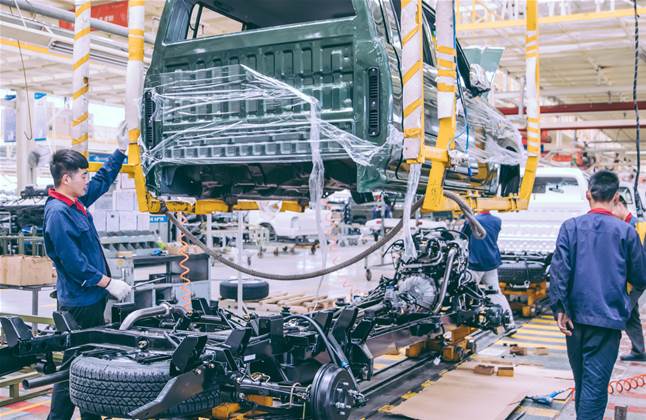Due to the rise in Asia’s economic consumption, new patterns of consumer behaviour will transform the region's opportunities, with automotive innovation set to boom.

Research from the McKinsey Global Institute (MGI) reveals that as incomes rise across the Asia region, there will be increased accessibility and quality of new automotive offerings.
The research predicts China and Japan to peak in their value pools for private-vehicle sales over the next two decades.
“In the case of shared mobility solutions, including ride-hailing, car sharing, car rental, taxis, shuttles, and robo-taxis, penetration is expected to grow strongly under all scenarios across Asia,” the report says.
“As new forms of shared mobility emerge, such as online ride-hailing and robo-taxis, shared mobility is expected to grow to make up 15 to 25 percent of the mobility value pool in Asia.”
Along with the new consumer behaviours, new consumption patterns and forms of ownership are emerging.
“Economic pressures, changing consumer attitudes, and technology have prompted many Asian consumers to consider alternatives to traditional ownership, including renting, subscribing, sharing, or buying second-hand,” says the article.
Ridesharing apps have reimagined the way we view automotive ownership, but it isn’t the only significant change in this space. Major car manufacturers and startups have launched subscription-based services, capitalising on the change in customer attitudes, with a recent McKinsey survey revealing that 55 percent of Chinese consumers said that they were open to using rental options rather than purchasing their cars.
Amid a shift in customer attitudes, a technological movement towards electronic vehicles (EVs) from internal combustion engine (ICE) vehicles will require automotive companies to adjust their product offering and reshape the value chain of the industry.
However, this may lead to shrinking profit pools, as the aftermarket maintenance costs for EVs are estimated to be approximately 40 per cent lower than that of ICE vehicles.
With the Asian consumer landscape currently going through a transformation, the report identifies three key actions that companies will need to consider in order to succeed in the next decades of serving Asian consumers.
1. Redraw your growth map
2. Increase your agility
3. Open up (take a networked approach)
“Considerable value no longer depends as much as it once did on consumers being at a particular income level, and new consumption curves are emerging in some categories,” the report says.
“Significant opportunities lie ahead for automotive and mobility players who track and understand these shifting patterns of consumption. Now is the time to refresh intelligence on Asia’s consumer markets and redraw the map of growth.”


.png&h=140&w=231&c=1&s=0)






_(26).jpg&w=100&c=1&s=0)

 iTnews Executive Retreat - Security Leaders Edition
iTnews Executive Retreat - Security Leaders Edition












_(1).jpg&h=140&w=231&c=1&s=0)



